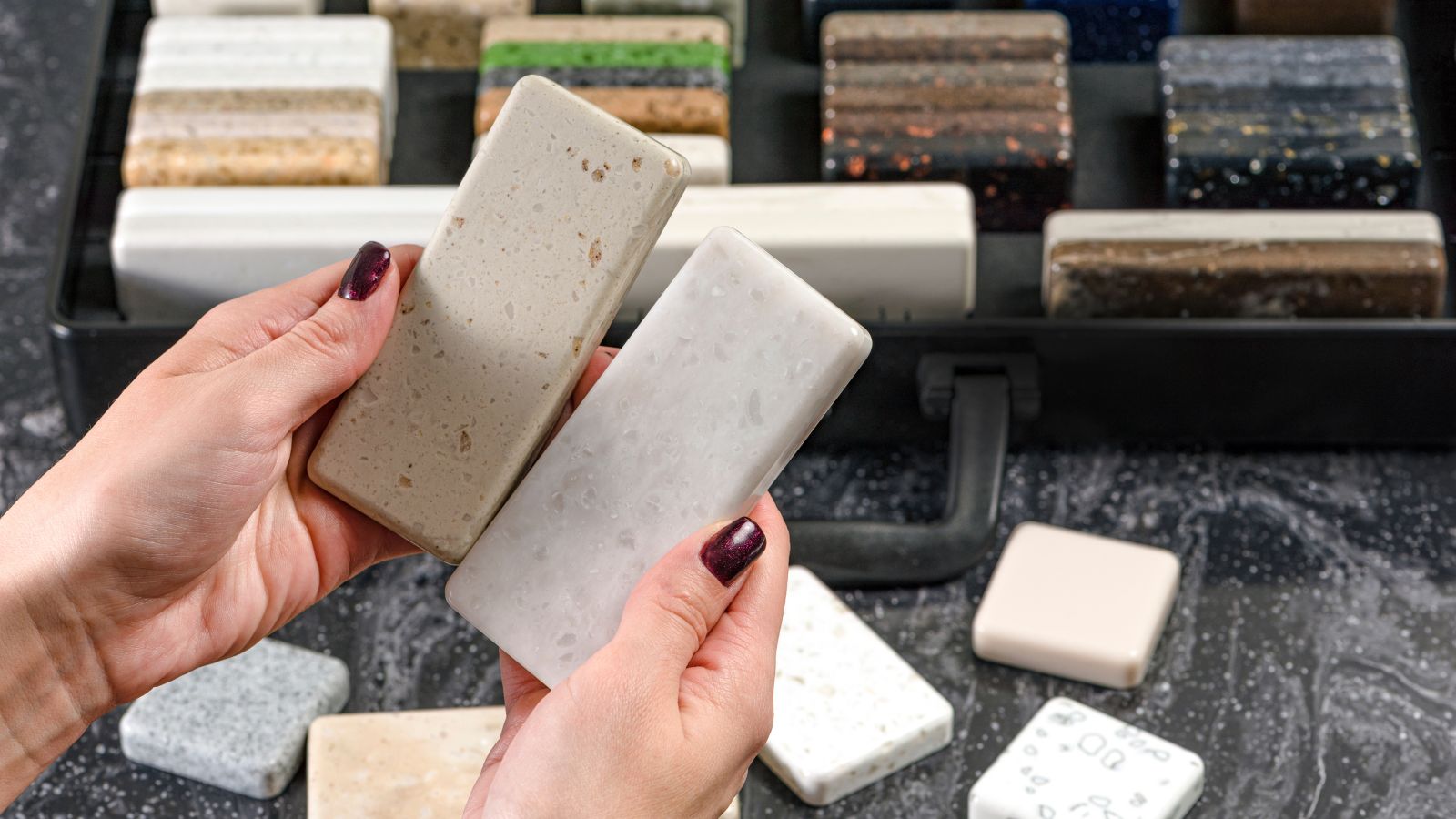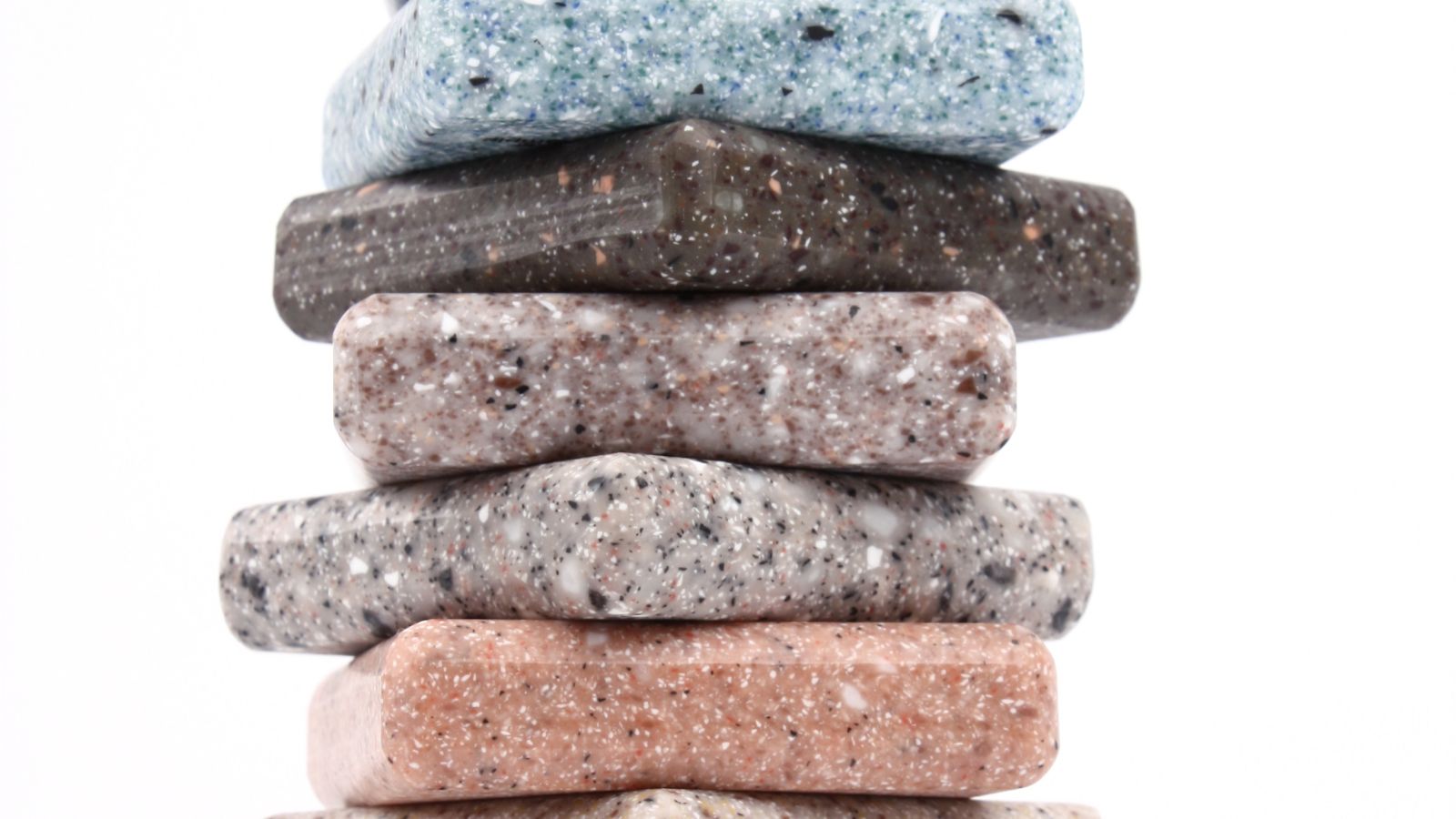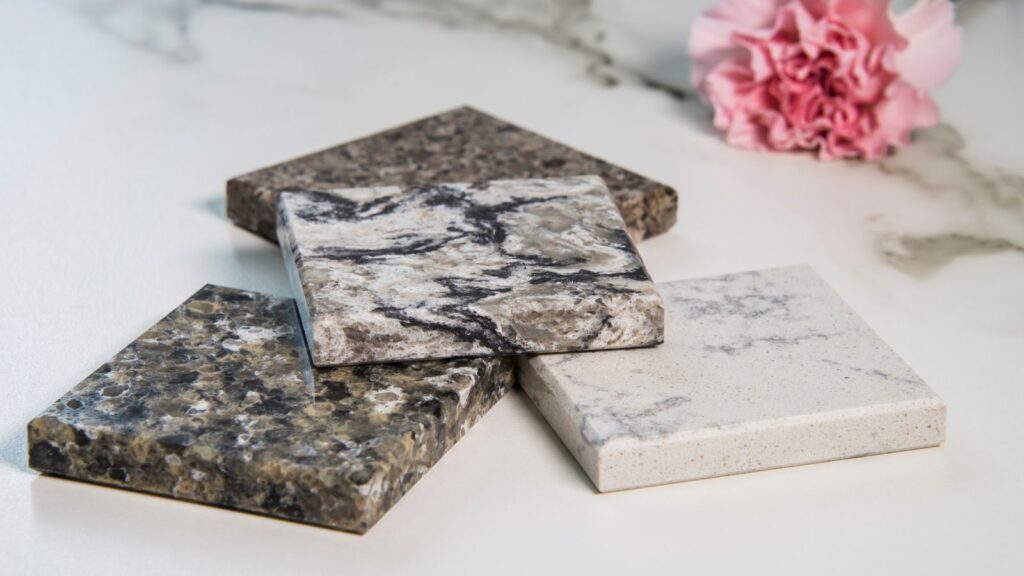Natural granite is one of the most popular choices for countertops, flooring, and other home surfaces due to its durability, beauty, and unique patterns. As a natural stone, granite adds a touch of luxury to any space, making it a favorite for both homeowners and designers. However, like any other material, granite requires proper care and maintenance to ensure it remains beautiful and functional for years.
This guide explores practical steps to maintain natural granite surfaces, providing tips and insights to help you protect your investment and keep it looking as stunning as the day it was installed.
Understanding Granite’s Properties
Granite is an igneous rock formed from cooled magma, which gives it its hardness and unique patterns. It’s composed primarily of quartz, feldspar, and mica, contributing to its rich appearance and exceptional durability. Granite is highly resistant to heat and scratches, making it ideal for high-traffic areas such as kitchens and bathrooms.
However, granite is not impervious to damage. Its surface is naturally porous, which means it can absorb liquids if not properly sealed. Spills, stains, and scratches are possible without regular maintenance, so understanding how to care for granite is essential to maintaining its appearance.
Daily Cleaning Tips for Granite Surfaces
Daily maintenance is key to keeping granite surfaces looking their best. Simple cleaning routines can prevent dirt, grime, and stains from accumulating.
- Use a Soft Cloth or Sponge
Wipe your granite surface with a soft, damp cloth or sponge to remove crumbs and dirt. Avoid abrasive scrubbers or steel wool, as these can scratch the surface.
- Mild, pH-Neutral Cleaners
Granite is sensitive to acidic and alkaline substances. Use a pH-neutral cleaner or a gentle soap mixed with warm water for daily cleaning. Avoid harsh chemicals, including bleach, ammonia, and vinegar, as they can etch or dull the surface over time.
- Dry the Surface
After cleaning, dry the granite with a microfiber cloth to prevent water spots or streaks. This step is particularly important for darker granite colors, which tend to show streaks more easily.
- Clean Spills Immediately
Granite’s porous nature means it can absorb liquids, leading to stains if spills are left unattended. Clean up spills as soon as they happen, especially those involving oil, wine, coffee, or acidic substances like citrus juice.
Sealing Granite to Prevent Stains
Sealing granite is one of the most effective ways to protect it from stains and water damage. Sealants create a barrier that prevents liquids and oils from penetrating the stone’s surface.
- Check If Your Granite Needs Sealing
A simple water test can help determine if your granite needs to be sealed. Drop a small amount of water onto the surface and observe how it reacts.

If the water beads up, the sealant is still intact. If it soaks into the stone and darkens it, it’s time to reseal.
- Choose the Right Sealant
There are various types of sealants available, including penetrating sealers and surface sealers. Penetrating sealers are absorbed into the stone, providing long-lasting protection, while surface sealers form a layer on top of the granite for added shine and resistance.
- How to Apply Sealant
- Clean the surface thoroughly to remove any dirt or residue.
- Ensure the surface is dry before applying the sealant.
- Use a soft cloth or applicator to spread the sealant evenly across the surface.
- Allow the sealant to sit for the recommended time (usually 15-30 minutes), then wipe off any excess.
- Let the sealant cure for 24 hours before using the surface.
- Frequency of Sealing
The frequency of sealing depends on the type of granite and how heavily it is used. As a general rule, most granite surfaces should be resealed once a year. High-traffic areas like kitchen countertops may require more frequent sealing.
Preventing Scratches and Damage
While granite is highly resistant to scratches, certain habits can help prevent unnecessary wear and tear.
- Use Cutting Boards
Always use a cutting board when chopping or slicing food. Although granite is durable, repeated knife use can dull its surface and damage your knives.
- Avoid Heavy Impacts
Granite can crack or chip under heavy impacts. Be cautious when handling heavy pots, pans, or appliances near granite edges or corners.
- Use Coasters and Trivets
Protect your granite surface from heat and potential stains by using coasters for beverages and trivets for hot pots and pans. While granite is heat-resistant, extreme temperature changes can cause thermal shock, potentially leading to cracks.
Dealing with Stains
Despite your best efforts, stains can still occur. The key is to address them promptly and use the right cleaning method based on the type of stain.
- Oil-Based Stains
For stains caused by oil or grease, use a paste made from baking soda and water. Apply the paste to the stain, cover it with plastic wrap, and let it sit for a few hours before wiping it off with a damp cloth.
- Organic Stains
Stains from coffee, wine, or food can be treated with a mixture of hydrogen peroxide and baking soda. Apply the mixture to the stain, let it sit for a few minutes, and rinse thoroughly.
- Water Spots
Water spots can be removed by gently rubbing the area with a soft cloth and a small amount of rubbing alcohol.
- Ink or Marker Stains
For ink or marker stains, apply rubbing alcohol to a cloth and gently rub the affected area until the stain lifts.
Polishing Granite for a Beautiful Shine
Granite naturally has a beautiful sheen, but over time, it can lose its luster. Polishing can help restore its shine and make it look brand new.
- Choose a Granite-Specific Polish
Use a polish designed specifically for granite to avoid damaging the surface. Avoid wax-based products, as they can leave residue and dull the surface over time.
- Apply Polish Sparingly
Spray or apply a small amount of polish to the surface and buff it with a soft cloth in circular motions.

Use a dry microfiber cloth to remove excess polish and enhance the shine.
- Polish Periodically
Polishing doesn’t need to be done daily. Depending on use, polishing your granite once a month or every few months is sufficient to maintain its appearance.
Avoiding Common Mistakes
To keep your granite surfaces in excellent condition, it’s important to avoid certain cleaning practices that can cause damage.
- Avoid Abrasive Cleaners: Harsh scrubbers and cleaners can scratch or dull the surface. Stick to soft cloths and pH-neutral cleaners.
- Don’t Use Acidic Substances: Acidic products like vinegar or lemon juice can etch the stone and compromise its shine.
- Steer Clear of Harsh Chemicals: Bleach, ammonia, and other strong chemicals can weaken the sealant and damage the stone.
Long-Term Care for Granite
Granite is an investment, and with proper care, it can last a lifetime. Incorporating these practices into your routine will help preserve its beauty and functionality:
- Inspect the surface regularly for signs of wear, cracks, or chips.
- Use gentle, stone-safe cleaners.
- Reapply sealant as needed.
- Address spills and stains immediately.
With these simple maintenance tips, your granite surfaces will continue to enhance your home’s beauty while standing up to daily use. Taking the time to care for granite ensures that it remains a stunning and durable feature in your space for years to come.


More Stories
From Spins to Wins: Understanding Flow in Slot Games Online
Unraveling the Joy of Knitting: A Guide to Finding Your Perfect Pattern
What Makes a Property Owner Liable for Poor Lighting?